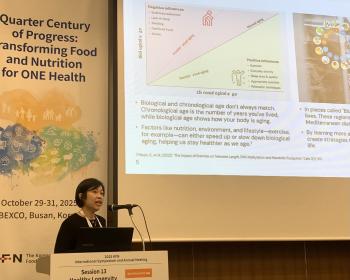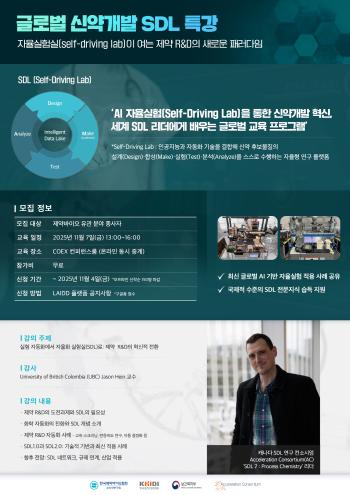Increased menstruation, pelvic pain, uterine myoma...May cause repeated miscarriage and impotence
Jun 03, 2025
|
◇Symptoms such as uterine fibroids, excessive menstruation, frequent urination, constipation, etc…May cause repeated miscarriage and impotence
Cortical myoma is a benign tumor that occurs in the muscle layer of the uterus and is a representative hormone-dependent disease affected by female hormones such as estrogen and progesterone. It is caused by abnormal proliferation of smooth muscle cells, and depending on the location of occurrence, it is classified into ▲ subserous myoma ▲ intramuscular myoma ▲ submucosal myoma. Rarely, it appears as cervical myoma that occurs in the cervix and extensive myoma that spreads throughout the uterus.
Subserosal myoma protrudes outward from the uterus and compresses the surrounding organs. This can lead to abdominal bloating, back pain, frequent urination, and constipation. Myoma in the muscle layer of the uterus makes the entire uterus enlarged, and causes symptoms such as excessive menstruation, menstrual pain, and infertility.
In particular, submucosal myoma is located close to the endometrium and directly affects the menstrual cycle. Even a small size can cause serious symptoms such as excessive menstruation and repeated miscarriage, so more caution is needed.
◇Recommended ultrasound once a year...Determining whether to treat by size and location
Most uterine fibroids are found through regular obstetric ultrasound examinations. Even if there are no special symptoms, it can be confirmed early through examination, and treatment is determined by size or location.
Professor Kim Woo-jung of the Department of Obstetrics and Gynecology at the Catholic University of Korea's Incheon St. Mary's Hospital said, `The incidence of uterine fibroids increases after the age of 30, and it is found in about half of women over 35 years of age"It is safe to have an ultrasound once a year even if there are no symptoms."
Treatment can be approached in a variety of ways, taking into account the degree of symptoms, the size and location of the myoma, the patient's age, and pregnancy plan. If there are no symptoms and there is no change in size, conservative treatment that observes the progress with ultrasound is the basis. On the other hand, if the menstrual period is prolonged or the pain is severe, medication, non-surgical, and surgical treatment are necessary.
First, drug treatment suppresses the secretion of female hormones, temporarily reducing the size of myoma and alleviating symptoms. However, it is difficult to use it for a long time and there is a possibility of side effects, so care should be taken. Non-surgical treatment includes 'cystic arterial embolization' that causes necrosis of myoma by blocking the uterine artery that supplies blood to the uterine myoma. Since the uterus is preserved without incision or anesthesia, it is possible to quickly return to daily life after the procedure.
Surgical treatment includes myomectomy to remove only myoma and hysterectomy to remove the entire uterus. Myomectomy is suitable for women planning pregnancy, and hysterectomy is considered when symptoms are severe or the risk of recurrence is high. Recently, minimally invasive surgery methods that minimize scars and pain have been actively implemented, such as laparoscopic surgery performed through small holes without large incision in the abdomen and robotic surgery with high accuracy and short surgical time. Patients are highly favored due to their rapid recovery and high cosmetic satisfaction.
Professor Kim Woo-jung said, `About 3% of infertile women are caused by uterine fibroids"If you are planning to conceive, it is important to plan treatment in a direction that can preserve fertility depending on the location and size of the myoma. "
◇The more obese you are, the higher the risk of uterine myoma...Hormone Balance, etc. Important
There is no specific preventive method for uterine myoma. However, obese women are known to be at higher risk of developing the disease. Vegetable-oriented diet and steady exercise can have a positive effect on the prevention of uterine myoma by helping to maintain hormone balance.
Professor Kim Woo-jung said, `The earlier detection of uterine myoma, the wider the choice of treatment and the avoidance of unnecessary surgery"If there is a change in the amount and cycle of menstruation, don't pass it lightly, and the habit of paying attention to your body and getting regular checkups is of paramount importance."
|
This article was translated by Naver AI translator.















